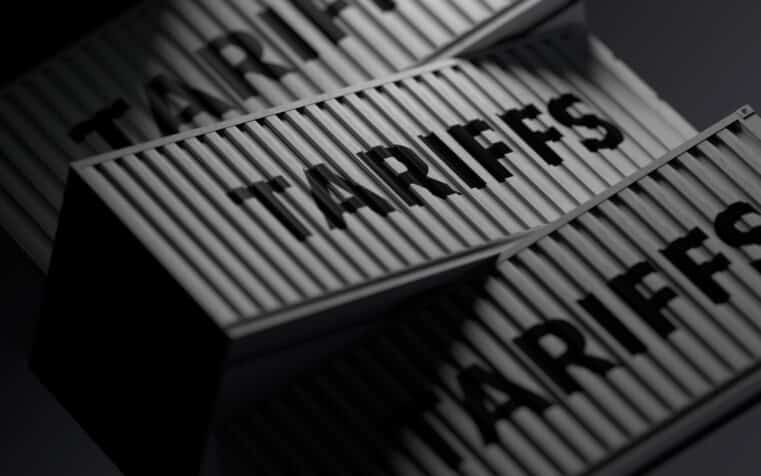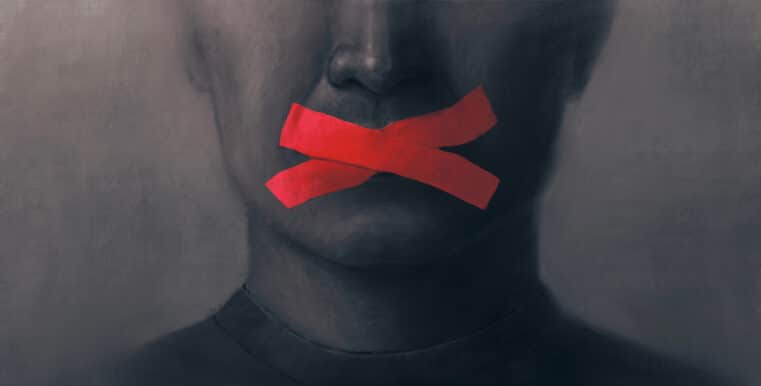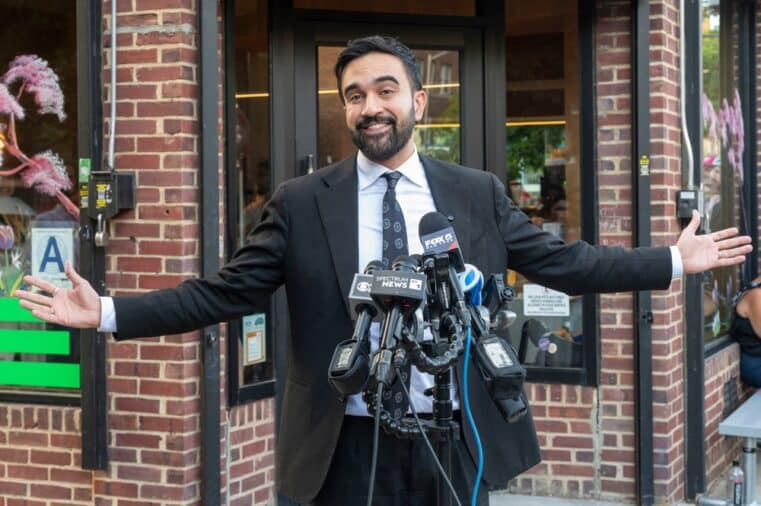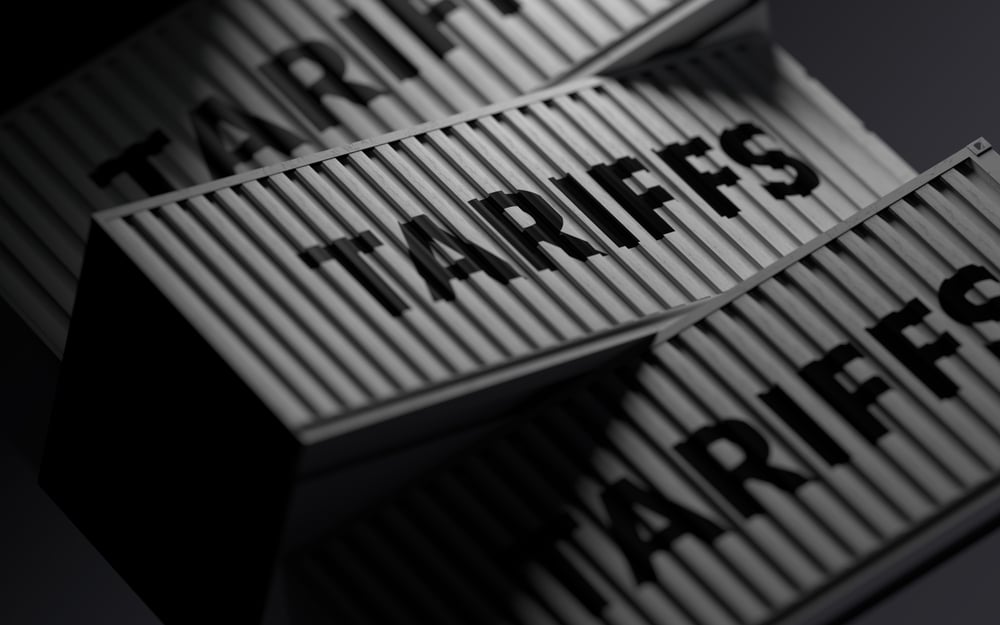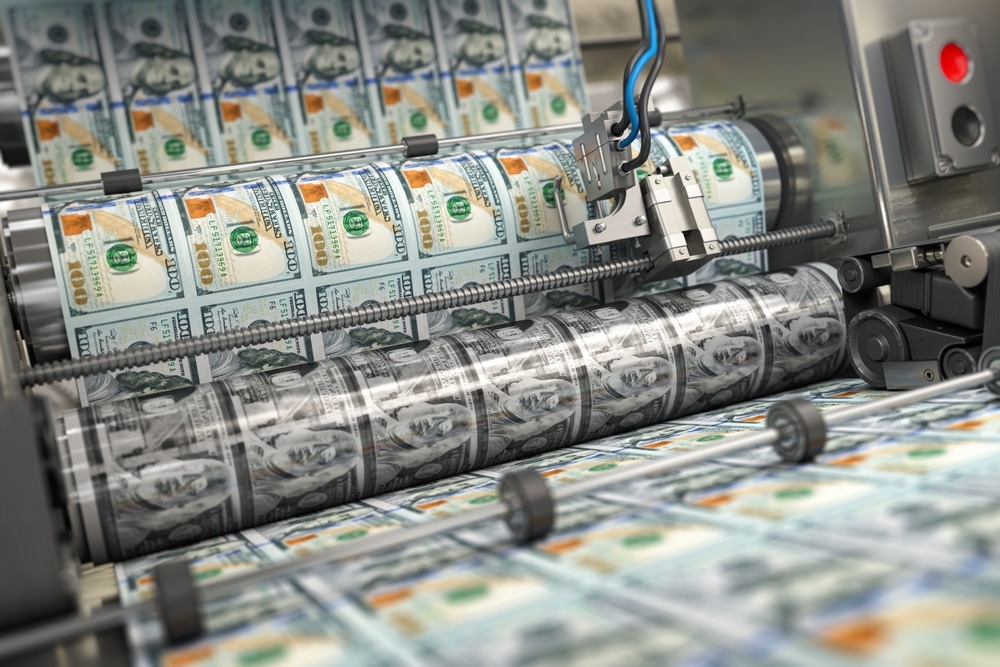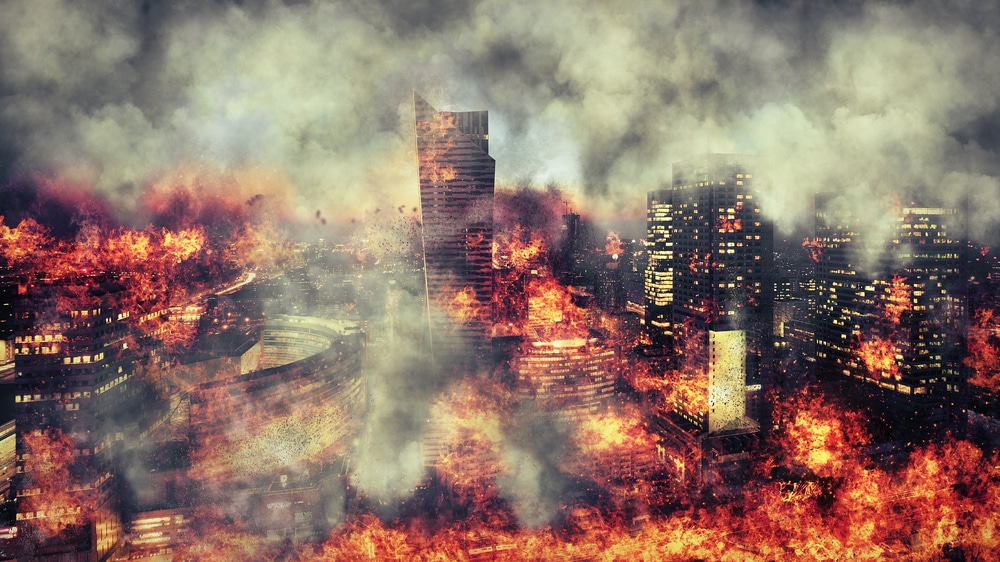
America’s Silent Employment Crisis: The No-Hire, No-Fire Illusion
America’s Silent Employment Crisis: The No-Hire, No-Fire Illusion
Have you noticed how comfortable stagnation can feel—right up until the moment it implodes?
For months, politicians and corporate economists have trumpeted the idea that the labor market is “resilient.” After all, few people are being laid off. But in my decades dissecting the hidden gears of the financial machine, I’ve learned that when something looks too stable to be true, it usually is.
Let’s look past the surface: The U.S. continues to report a historically low rate of layoffs. At first glance, that sounds reassuring. But scratch just below the headline, and a darker reality emerges—one where hiring is evaporating, and millions remain stranded without a path back into the workforce.
The Illusion of Stability
Data from the Department of Labor paints a troubling picture. While initial jobless claims remain tame, continued claims—the measure of how many people are stuck on unemployment benefits—have climbed relentlessly since 2022. As of mid-June, nearly 1.94 million Americans are still collecting unemployment checks week after week. Compare that to the pre-pandemic trend of 1.6 million, and the message is clear: once you’re out, you stay out.
Yet corporate America has no incentive to change course. Companies are terrified of hiring and equally terrified of firing. Why? Because in an economy this over-leveraged, any sudden move could trigger a cascade of instability. It’s the equivalent of the Federal Reserve quietly holding interest rates near zero for a decade—artificial stability masking systemic decay.
This labor freeze also helps camouflage the grotesque failure of our so-called economic “recovery.” You can’t claim prosperity when recent college graduates face an unemployment rate far above their more established peers. For them, this no-hire reality isn’t a phase—it’s an existential threat.
A System Designed to Entrench the Few
The Institute for Supply Management confirmed what many already suspect: manufacturing remains stuck in contraction, and “managing head count is still the norm.” In other words, the people at the top would rather throttle productivity and preserve margins than risk hiring new workers. This isn’t simply corporate caution—it’s a deliberate strategy to maintain control.
Think about it: if you keep the masses dependent, stagnant, and demoralized, you consolidate power. If you’re a recent graduate or a displaced worker, the message is brutal—you are expendable.
Even Federal Reserve Chair Jerome Powell, a master of bureaucratic doublespeak, admitted the truth last month: “If you’re out of work, it’s hard to find a job.” He called this “more concerning,” but don’t expect him to do anything about it. After all, the same central planners who engineered the asset bubble now preside over an economy where even hope is rationed.
What Happens Next—and What You Can Do
While the optimists will point to the recent spike in job openings—374,000 in May—remember this: openings mean nothing if employers refuse to fill them. The real risk is that the longer this no-hire equilibrium persists, the easier it becomes for corporate behemoths to automate, offshore, or simply eliminate entire categories of work.
Ask yourself: If your employer decided tomorrow to freeze all promotions or quietly eliminate your role, how prepared would you be?
In my experience, the individuals who thrive in these transitions are those who refuse to wait for permission to act. You must cultivate multiple streams of income, build a reserve of liquid assets outside the banking system, and be ready to pivot when the next wave of layoffs inevitably arrives. Because make no mistake: the illusion of stability is precisely what precedes upheaval.
The financial landscape is shifting faster than most realize, and those who fail to prepare risk being left behind. If you’re ready to take control of your financial destiny, I’ve got two resources to help you start today:
✅ Download my free book, “Seven Steps to Protect Your Bank Accounts,” and learn actionable strategies to shield your wealth from the coming economic storm. Get your copy here.
✅ For those who prefer the feel of a hardcover, I’m offering Bill Brocius’ groundbreaking book, “The End of Banking as You Know It,” at a special price of $19.95 (currently $49.95 on Amazon). Order your copy here.
Remember, in a world where control of the money means control of the people, taking proactive steps to secure your freedom is not just wise—it’s essential.





